Machine learning security and surveillance systems
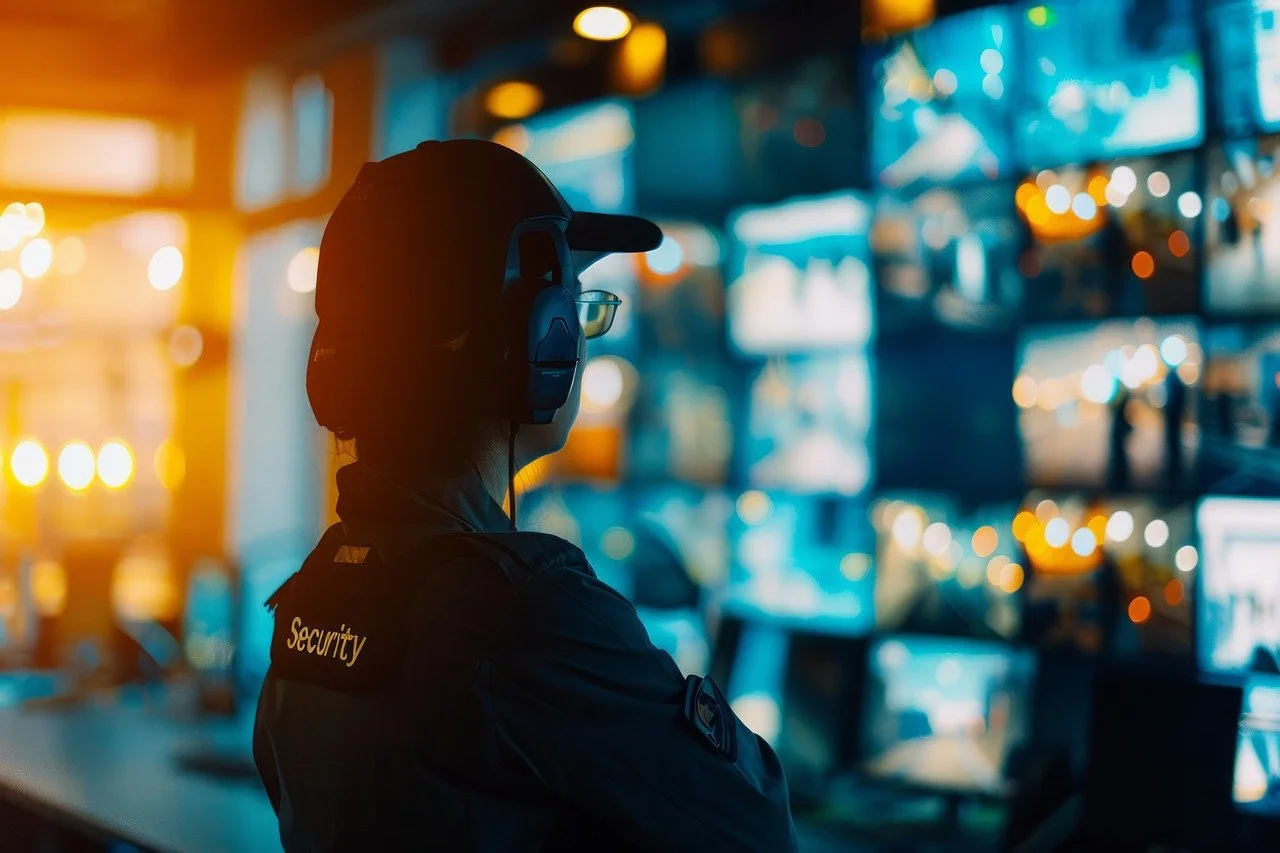
People are still facing the oldest threats, like theft and vandalism. Cyberattacks, terrorism, and safeguarding valuable assets are the priorities of governments, organizations, and individuals.
Many governments and private entities have heavily invested in traditional surveillance camera systems. These systems were based on CCTV physical cameras connected through a coaxial cable.
Traditional surveillance systems have drawbacks, such as a lack of high resolutions, network connectivity, poor image quality, limited remote access, complex wiring, and intelligent analytics.
Machine learning security and surveillance systems can stay awake 24/7, identify potential threats, analyze people’s behaviour, detect small movements, have high image quality, and quickly respond as soon as possible.
The AIGS report said that about 75 out of 176 countries have shifted to machine-learning security and surveillance systems instead of traditional surveillance systems.
Advanced countries, such as the United States of America (USA) and China, have adopted artificial intelligence (AI) video cameras. Over 60 countries are supplying artificial intelligence-based technologies.
What is machine learning?
AI is the scientific study of statistical data and algorithms. Artificial intelligence caters to the facility to perform a specific task without explicit instructions or a manual program.

In machine learning, mathematical models are developed to predict or make decisions about tasks without human intervention. As a result, software applications can improve their performance over time.
Various industries, such as e-commerce, news organizations, and social media, can use machine learning effortlessly.
Machine learning is an amazing tool for solving business problems, automating tasks, and improving business operations.
What Is Machine Learning Security?
Machine learning (ML) security preserves algorithms from various risks, threats, and malware attacks. These systems protect models, data, and the ML pipeline and ensure the system’s availability, integrity, and confidentiality.
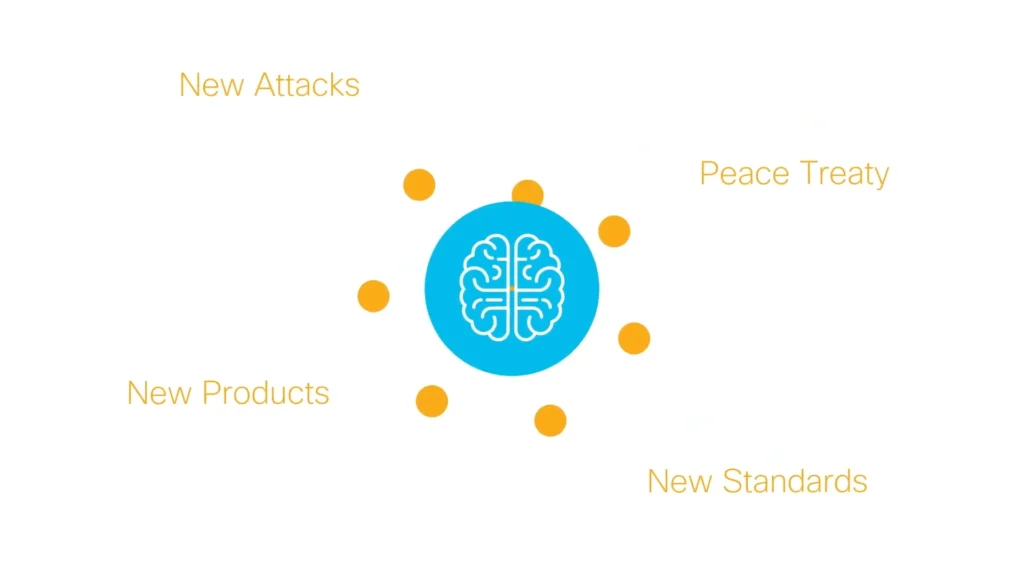
Machine learning security ensures the confidentiality, integrity, and availability of data and models.
Data poisoning, model stealing, network attacks, privacy breaches, and model inversion attacks may threaten machine learning security.Both GPS technology and machine learning security systems rely on data-driven insights to improve efficiency and safety. How Did GPS Technology Change the Trucking Industry?. While GPS optimizes logistics and tracking, machine learning enhances security by analyzing patterns and predicting risks
What is a surveillance system?
A security system is designed to record and store data for various purposes, such as security, law enforcement, and public health. CCTV cameras, lip cameras, IP dome cameras, CCTV camera lenses, CCTV camera lighting, and video motion detectors are used for security purposes.

Due to swift advancements in technology, you should be aware of the latest innovations. For example, you can use any camera for security purposes. However, a smart security camera connects remotely to your smartphone, tablet, or personal device and can be associated with other security devices.
It can provide visual access to the targeted area.
IP wireless security cameras are part of a surveillance system. There is no need for network wiring to run these cameras. In a surveillance system, DVR and NVR are used to store the data, and various software is available to analyze the exact movement from the storage.
There are various types of surveillance systems, such as video surveillance systems, biometric surveillance systems, public health surveillance systems, and satellite surveillance systems.
What are machine learning security and surveillance systems?
In the digital world, machine learning has made the surveillance systems more efficient and safe. which don’t rely on human instructions. Artificial intelligence has made surveillance systems more powerful. Video surveillance has become is the backbone of modern security and protection systems.
Smart cameras with artificial intelligence monitor the events of private properties, public places, hospitals, banks, financial firms, and education institutions 24/7 and alert security professionals about abnormal activities. Artificial intelligence and surveillance systems have made security systems more efficient in detecting threats, monitoring capabilities, and rapid response systems.
How does machine learning help security?
Find threats on a network
Machine learning constantly monitors the behaviour of network anomalies and detects threats. It can analyze large amounts of data and identify critical incidents, insider threats, unknown malware, and policy violations.
Keep people safe when browsing
Machine learning can detect a “Bad neighbourhood.” Safe browsing means preventing people from connecting to vengeful websites. Machine learning helps people protect themselves from internet threats.
Provide endpoint malware protection
Various software can protect laptops, desktops, and mobile phones from malware attacks. This software can perform multiple functions, such as behavioural analysis, real-time scanning, and threat intelligence. Some examples of such software are Microsoft Defender, MalwareBytes Endpoint Protection, Symantec Endpoint Protection, CrowdStrike, and Awast EDR.
Protect data in the clMachinechine learning security and surveillance systems can analyze suspicious cloud app login activity and protect the cloud app from malware attacks. It can also analyze location-based anomalies and conduct IP reputation analysis.
Detect malware in encrypted traffic.
Machine learning security and surveillance systems can detect malware in encrypted traffic. The security system can analyze traffic features such as packet size, connection patterns, timing intervals, and certificate details.
How Machine Learning Works in Surveillance Systems
Machine learning security and surveillance systems analyze and process data collected from various sources, such as cameras, sensors, and IoT devices. These systems combine advanced algorithmic techniques.
Data collection
The surveillance system provides data in the form of video footage, audio signals, and environmental data.
Data processing
Machine learning analyzes the system’s data, trying to identify key features such as facial characteristics, motion patterns, and abnormal activities.
Pattern recognition
After data processing, these systems can compare patterns with baseline patterns and identify the gaps in patterns.
Anomaly Detection and Alerts
Machine learning can identify anomalies and send them to the security department, which can then take corrective measures.
Continuous learning
Machine learning continuously learns from its data and makes more accurate decisions.
Advanced Benefits of Machine Learning Security and Surveillance Systems
Enhance Public Safety
Machine learning security and surveillance systems can monitor parks, markets, or overcrowded areas where inconvenience can happen. When a private person organizes an event, It’s the primary responsibility of the government to provide complete safety for that event because he is unable to provide full protection and security.
AI-based surveillance systems can provide complete safety and security in a wide range of spaces. AI video cameras can monitor the behaviour of people in a crowd.
These cameras can monitor any unusual events and send alerts to the concerned department.
Flexibility and Scalability
Machine learning security and surveillance systems are highly flexible and scalable. They can effortlessly integrate with innovations.
Machine learning and AI technologies can provide complete safety and security.
Cost Saving & Faster Response Time
Machine learning security and surveillance systems can save costs and provide a quick response rate. Artificial intelligence can provide the fastest response rate 24/7 for a minimal fee. It can also reduce the number of security personnel and save a huge amount of money.
Enhanced Accuracy
Security personnel cannot provide significant accuracy compared to traditional surveillance systems. Because of the humanization factor, security can protect up to a certain limit. Contrast machine learning security and surveillance systems can provide video recording within seconds.
Real-Time Threat Detection
Machine learning provides the facility to alert about threats. ML assesses real-time threats and informs concerned personnel. It gathers information about suspicious activities from cameras, sensors, scanners, and detectors.
Cost efficiency
Machine learning and artificial intelligence help reduce operational costs. Because technology replaces human power, no workforce is required for an enhanced surveillance system. Cost efficiency will lead to profit maximization.
Scalability
No workforce is required to expand the surveillance system, as advanced technology, such as cameras, sensors, scanners, detectors, and other equipment, has replaced human power.
Improved decision-making
Machine learning-based surveillance systems help make better decisions. They allow the security department to analyze data trends, patterns, anomalies, and potential threats and take immediate action to protect data.
Practical Applications of Machine Learning Security and Surveillance Systems
Object Recognition & Tracking
The traditional surveillance system was challenging because it relied on manual monitoring and object detection, which increased the chances of errors. Machine learning can recognize objects efficiently and effectively. It can identify various objects, such as animals, cars, shadows, etc.
Facial Recognition
Traditional surveillance was based on manual facial recognition, which faced some challenges, such as being risky, unreliable, and prone to errors. Facial recognition technology can recognize and identify criminals and missing persons, assess information, and much more.
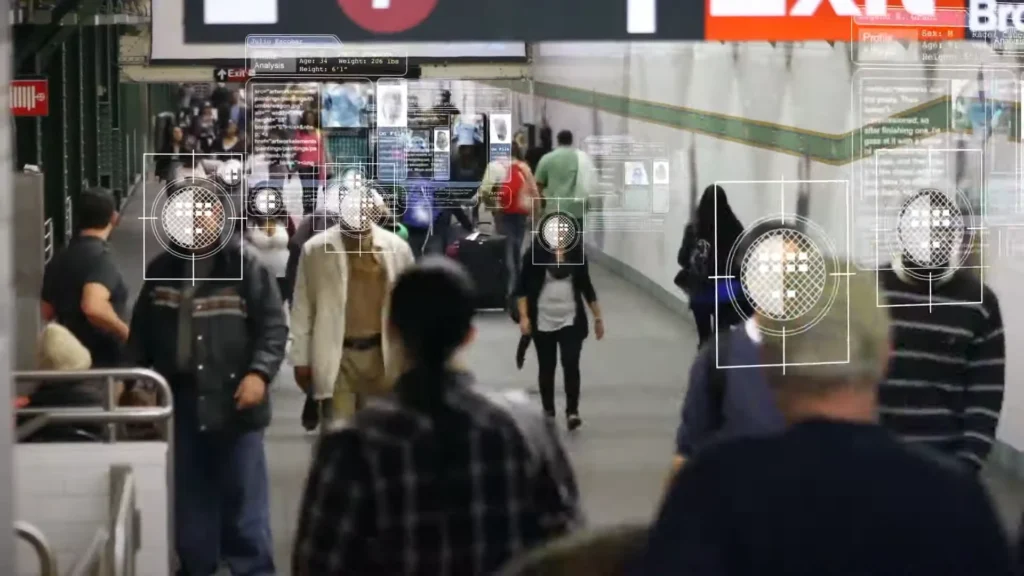
A machine learning security and surveillance system can identify facial patterns in areas with restricted accessibility, such as banks, airports, government buildings, and corporate organizations.
Predictive Analytics & Anomaly Detection
AI-based cameras can detect human behaviour, such as running, walking, moving, shouting, etc. They can also detect unusual events, and alarms can send notifications to relevant personnel who can investigate and take appropriate action. Artificial intelligence-based security cameras with predictive analytics can be helpful in crowded areas like airports, government buildings, and stations.
AI Surveillance Systems In Retail Stores
Artificial intelligence surveillance systems in retail stores can increase their security and safety. A retail store’s security factor can increase customer satisfaction and boost its goodwill.

Large retail stores have thousands of visitors daily, and some of them may have security concerns. Machine learning security and surveillance systems help maintain the security of a retail store.
Data Extraction In Emergency
In any emergency, a machine learning security and surveillance system can effortlessly extract the data from storage. Then, data can be forwarded to the concerned department.
Fire & Smoke Detection
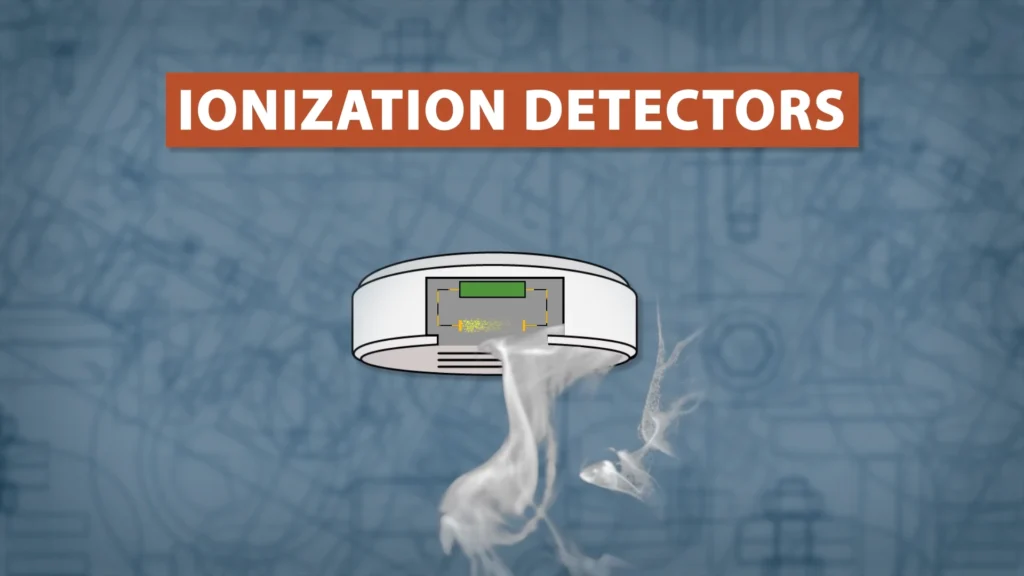
The machine learning security and surveillance system effortlessly detects fire and smoke. AI-based algorithms are integrated into complex situations such as fire or smoke.
AI-Driven Traffic Surveillance
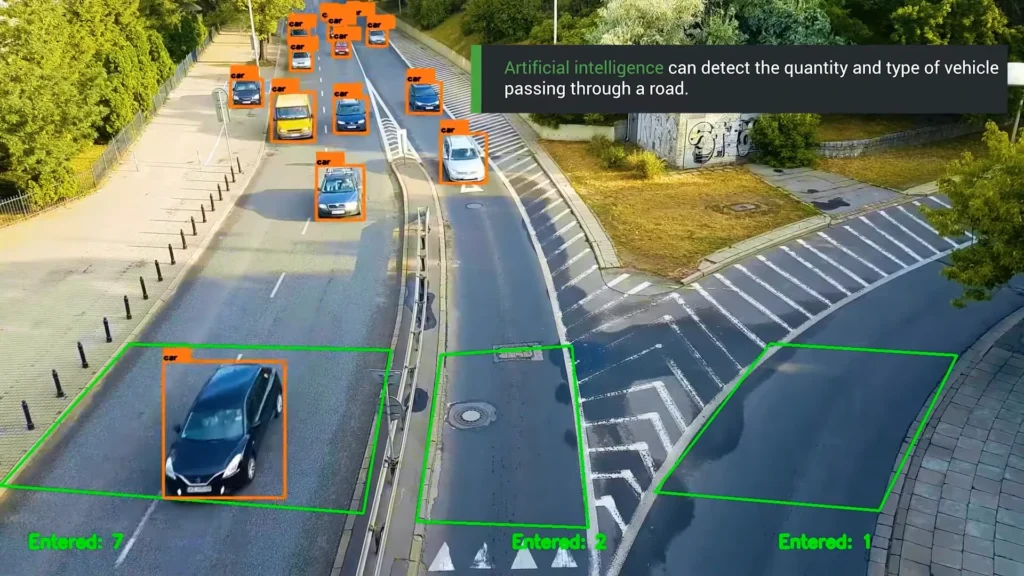
The machine learning security and surveillance system also uses roads to manage traffic flow. These high-resolution cameras are consolidated with traffic control systems and traffic and online maps. They provide real-time information and actionable insights.
Anomaly Detection
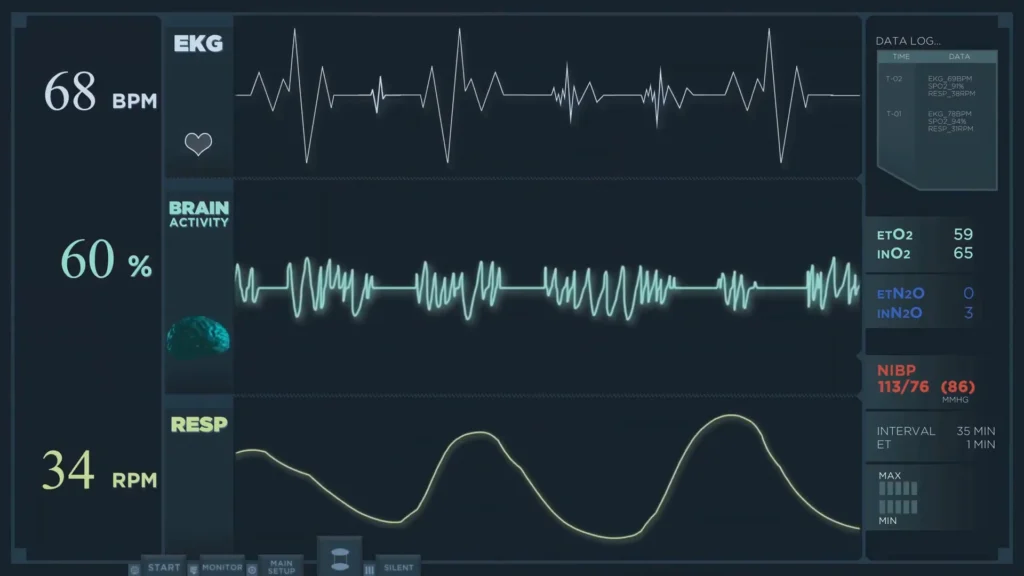
Machine learning security and surveillance systems also detect unusual patterns and behaviours. These systems analyze video data to detect unauthorized access and distinctive movements.
Object Detection and Tracking
With the help of a surveillance system, machine learning security is able to identify and track objects, people, vehicles, and packages. The machine learning security and surveillance system is highly beneficial for high-value areas, entrance points, and parking lots.

For example, in industrial areas, a surveillance system monitors the safety and security of vehicles and personnel entering and leaving the facility. Traffic police can also detect violators of traffic rules.
Automated Video Analytics
It is impossible to analyze the large amount of video footage. Machine learning security and surveillance system can explore thousands of petabytes of video data. Machine learning can process and extract data.
Critical data is sent to the concerned department, and corrective measures are taken without human intervention.
The surveillance system is used to observe public behaviour and fraudulent activities in banks and manage crowded places.
Machine learning increased the capabilities of security systems. Now, organizations are able to overcome the security threats.
Predictive Surveillance
In a corporate environment, machine learning can detect criminal activities and inside threats. Then, law enforcement agencies can allocate the resources to overcome these threats.
Challenges and Considerations in Machine Learning Security and Surveillance Systems
Machine learning security and surveillance systems have revolutionized security. However, organizations face many challenges when implementing a surveillance system. Let’s discuss the challenges.
Data Privacy and Ethical Concerns
Ethical concerns and data privacy are the major challenges of machine learning. Facial recognition is one of the major ethical concerns. Misuse of data and data protection are the ethical and moral concerns of surveillance systems.
Accuracy and Reliability
Machine learning accuracy is dependent on the quality, diversity, and availability of inputs. False data can produce false results.
Integration with Existing Systems
It is not easy to integrate machine learning security and surveillance systems with existing systems. Most existing systems cannot combine with machine learning because they have outdated infrastructures. High invest is required to change the entire infrastructure. Moreover, existing infrastructure is not compatible with advanced technologies because it has compatibility issues, technical barriers, and disruptions during transitions are also major integration concerns.
High Initial Investment
Implementing machine learning requires a significant investment in hardware, software, and training. High-quality cameras, advanced sensors with cloud computing, and highly skilled personnel also require substantial investment. Thus, the high initial investment is a major concern for small and medium businesses.
Future of Machine Learning Security and Surveillance Systems
The future of machine learning security and surveillance systems is bright. The demand for machine learning is increasing daily, and surveillance systems are needed for every business. Machine learning’s main roles are to protect assets, ensure safety, and improve situational analysis. Machine learning-based surveillance system caters for the facility to provide more efficient solutions. Artificial intelligence and machine learning transform the entire surveillance system. These advanced technologies offer more efficient, swift and accurate solutions.
Deep Learning and Neural Network advancement
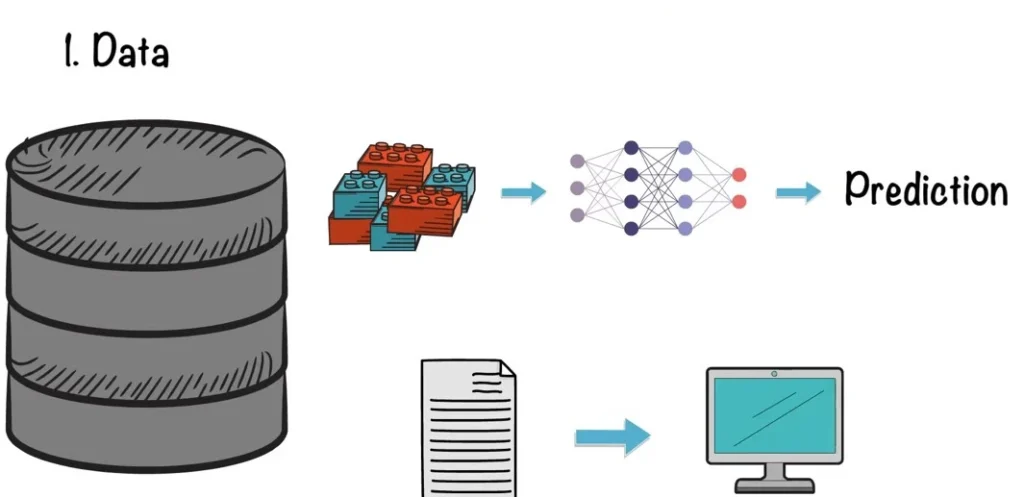
Neural networks are interconnected nodes that process data. They increase the capabilities of data analysis, analyzing a huge amount of data and discovering complicated patterns and potential threats. In the near future, more advanced features, such as contextual awareness, emotion recognition, and nuanced behavioural analysis, will be available. These features will increase the capabilities of the machine learning security and surveillance system.
Reducing False Alarms
Machine-meaning security and surveillance systems provide more accurate and relevant information. Traditional surveillance systems had a high false alarm rate, which wasted the valuable time of security professionals. Modern surveillance systems enable the security department to focus on more genuine security issues.
Smarter Data and Predictive Analytics
Analyzing historical data can identify patterns that cause security concerns. Predictive analytics help businesses take preventive measures to prevent potential threats before they occur.
Real-Time Threat Detection
Traditional surveillance systems rely on human monitoring. Machine learning-based security systems can detect potential threats in real-time.
Seamless Integration with Existing Systems
A machine learning-based surveillance system can be effortlessly integrated with existing systems. No heavy investment is required to overhaul the entire security system.
Improving Employee and Customer Safety
Machine learning security and surveillance systems create a safe and secure environment not only for assets but also for employees and customers. A safe and secure surveillance system helps to gain customer trust and loyalty.
Investing in advanced surveillance systems sends a clear message to the community and employees that their safety is our number one priority. These security measures will help businesses increase customer satisfaction, boost employee morale, and reduce employees turnover.
Integration with IoT and Smart Cities

To Integrate the surveillance system with the Internet of Things and smart cities will revolutionize the existing system. To create harmony, cameras, smart sensors, and other devices will provide a holistic view of the urban environment in real-time. These interconnected systems will analyze the data to monitor traffic, detect unusual activity, and respond to incidents dynamically. Thus, urban management and the whole security system will be improved.
AI-Driven Proactive Security
Another emerging trend in surveillance systems is artificial intelligence-driven proactive security. This type of security analyses high-risk areas, foresees criminal intent and thus more effectively deploys resources.
How to Implement Machine Learning in Your Security and Surveillance System
Machine learning will make the surveillance systems more efficient. To implement machine learning in your surveillance system, follow guidelines.
Step 1: Assess Your Current Needs and Goals
Analyze your existing security system while assessing your current needs and future goals. Analysis will help you to make a strategy accordingly.
Step 2: Choose the Right Machine Learning Tools and Platforms
Before selection of tools and platforms is ver important to analyze the existing surveillance system. After analyzing your needs and goals, select the appropriate machine-learning tools and platforms to fulfil them. Tailored solutions, such as TensorFlow and OpenCV, are renowned names that serve as the foundation for automation and advanced analytics.
Step 3: Build Expertise or Partner with Specialists
Machine learning experts are required to machine learning security and surveillance systems, you must partner with a proven technology partner or specialists in that field. Specialists can effortlessly integrate machine learning with your existing infrastructure
Step 4: Train and Optimize Your System
In order to use the new machine learning security and surveillance systems, train and optimize your existing system and staff as well. Trained staff can provide you with better results.
Step 5: Monitor and Update Regularly
Design a monitoring system that will monitor and update the new trends in machine learning. The surveillance system should be regularly updated to make it reliable and valid.
Conclusion
Machine learning security and surveillance systems have revolutionized the entire security system, improving and accelerating the threat detection process through relevant applications and providing actionable insights.
Machine learning also improves itself for facial recognition.
Besides some issues, such as data privacy, integration issues, and high initial investment, machine learning has its significance.
Machine learning security and surveillance systems help organizations develop systems that can efficiently combat potential threats. Machine learning-based surveillance systems gain a competitive advantage in the digital world.
Machine learning also helps organizations improve their security systems. Advanced technologies are an integral part of companies that are more concerned about their security systems.
Frequently asked questions
Q 1. How is machine learning used in security systems?
Ans. Machine learning can detect “bad neighbourhoods” by analyzing malware attacks and threats. Machine learning technologies can analyze the
Q 2. How is Artificial Intelligence used in security and surveillance systems?
Ans. Artificial intelligence is used to analyze video footage to identify face recognition, suspicious activities, anomalies in behaviour, and predict potential threats.
Q 3. What is a security and surveillance system?
Ans. Advanced security devices, such as sensors and cameras, monitor specific areas and potential threats. This system also records video evidence.
Q 4. What are the benefits of machine learning-based security in power systems?
Ans. Machine learning is widely used in power systems planning and operation, such as load and wind speed forecasting, fault detection, demand forecasting, stability control, restoration, and stability assessment.
Q 5. What is the main use of machine learning?
Ans. Machine learning is used to detect frauds, security threats, automated cameras, transcription and translation, and data analysis.
Q 6. What is the concept of machine learning?
Ans. Modern surveillance system is used to identify patterns and recognize an object without human interventions. Machine learning optimize the model in order to predict the correct response based on training data.







